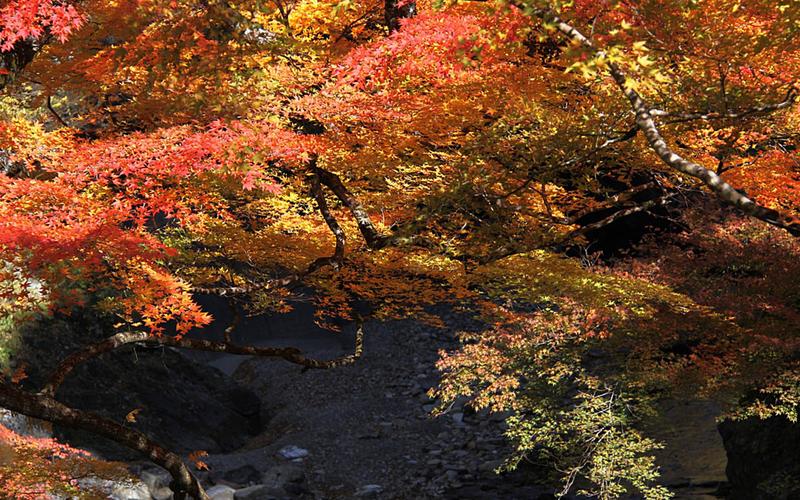Polar bears are one of the most magnificent and majestic creatures that roam the earth. With their thick, white fur and cute faces, they are a symbol of the Arctic wilderness. While most people know a thing or two about polar bears, there are still some amazing facts that you probably didn’t know. In this article, we will take a closer look at ten interesting facts about polar bears that are sure to fascinate you.
1. Polar bears are native to the Arctic region
As the name suggests, polar bears are native to the Arctic region. They can be found in the parts of Canada, Russia, Norway, Greenland, and the United States. They are the largest land carnivore, and they have adapted to their icy habitat in several ways. For instance, they can swim for long distances in search of prey, and their fur helps them in keeping warm in the cold climate.
2. Polar bears have a remarkable sense of smell
Polar bears have an incredible sense of smell, which they use to find food. They can smell prey from up to a mile away. This sense of smell is useful in the vast and often featureless Arctic landscape. To catch seals, their preferred prey, they use their sense of smell to find breathing holes in the ice.
3. Polar bears have a special adaptation to survive extreme cold
To survive in extreme cold, polar bears have several adaptations. Their thick fur provides insulation from the cold, while their layer of blubber helps them retain body heat. They also have smaller ears and a shorter snout than other bears to help reduce heat loss.
4. Polar bears have a unique way of hunting
Polar bears hunt by waiting for seals to come up for air through holes in the ice. When the seal comes up, the polar bear will use its powerful front paws to grab the seal and drag it onto the ice. They are also known to use their sense of smell to locate seal dens in the spring.
5. Polar bears have black skin
Polar bears have black skin, which helps them absorb heat from the sun. Their white fur acts as camouflage, allowing them to blend in with their icy surroundings. The black skin is also believed to help them regulate their body temperature.
6. Polar bears are excellent swimmers
Polar bears are excellent swimmers and can swim for several miles without resting. They use their front paws in a doggy-paddle style to propel themselves through the water. They have been known to swim as far as 60 miles looking for food.
7. Polar bears spend most of their time on ice
Polar bears spend most of their time on sea ice. They use the ice as a platform for hunting, sleeping, and traveling. As the ice melts due to climate change, polar bears are losing their habitat, and this is a significant threat to their survival.
8. Polar bears have powerful jaws and teeth
Polar bears have powerful jaws and teeth designed for crushing bones and meat. They have thirty-two teeth, which include pointed canines that can be up to two inches long. Their jaw muscles are also incredibly strong and help them devour their prey in one quick bite.
9. Polar bears are solitary creatures
Polar bears are solitary creatures and spend most of their adult lives alone. The only time they come together is during mating, and a female polar bear will take care of her cubs alone. It takes about two years before the cubs are fully independent.
10. Polar bears are threatened by climate change
Climate change is one of the biggest threats facing polar bears. The melting of sea ice due to rising temperatures is hindering their hunting abilities, and they struggle to find enough food to survive. Moreover, as their habitat disappears, it’s becoming difficult for them to move around and even harder to find breeding mates.
Conclusion:
Polar bears are incredible creatures with unique characteristics and adaptations which help them survive in one of the coldest environments on earth. Their dependency on sea ice puts them in danger, and it’s vital that we do everything we can to reduce the impact of climate change. By learning about these fantastic animals, we can have greater appreciation for the beauty and complexity of our world’s natural systems, and the need to conserve them.
(Note: Do you have knowledge or insights to share? Unlock new opportunities and expand your reach by joining our authors team. Click Registration to join us and share your expertise with our readers.)
Speech tips:
Please note that any statements involving politics will not be approved.
